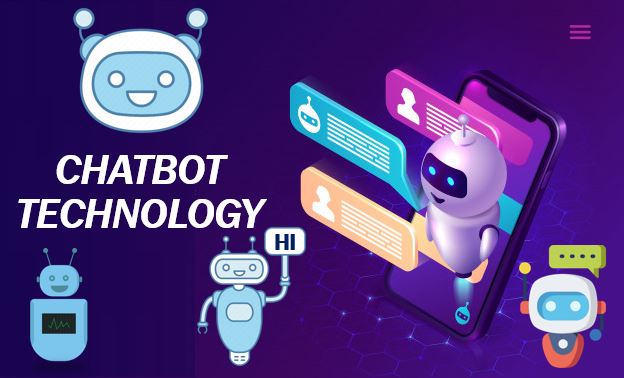Chatbots – Definition and Examples
Chatbots are smart virtual assistants that are typically integrated into a company’s customer support software.
Chatbots are bots
A chatbot is a type of bot. A bot is a piece of software that runs automated tasks online, i.e., scripts.

The word Bot is short for Robot, Internet Robot, or Web Robot. In most cases, they perform simple, repetitive tasks. We use them because they can function considerably faster than human workers can.
There are hundreds of different types of bots; some good and some bad. Bad bots, for example, have been programmed to break into individuals’ accounts – they are, effectively, robot hackers. Other less harmful but still undesirable bots search the web for contact information that individuals can use for sending spam messages.
Chatbots are bots that chat with people
Some bots have been programmed to chat with humans such as inquirers, visitors, or customers who wish to complain. We call them Chatterbots, Talkbots, or Chatbots.
They consist of algorithms that programmers and roboticists have created to make them behave like humans during a conversation. Google Assistant and Apple’s Siri both have chatbot technology in their systems.
Investopedia has the following definition of the term:
“A chatbot is a computer program that simulates human conversation through voice commands or text chats or both. Chatbot, short for chatterbot, is an Artificial Intelligence (AI) feature that can be embedded and used through any major messaging applications.”
Technology spreading rapidly
Chatbots are spreading rapidly across the internet as website owners become increasingly aware of their significant benefits. According to some recent research, these ‘chatting bots’ can boost customer satisfaction considerably.
As they never need breaks, vacations, and don’t get ill, they make it possible for SMEs to offer 24-hour customer support. The letters SMEs stand for Small and Medium-Sized Enterprises.
In a recent Market Business News article, Marie Singer wrote:
“The advances in AI and machine intelligence over the past five years means that talking to a chatbot is almost like interacting with real people, especially for narrow use cases such as in customer support, booking, purchasing, and getting answers to FAQs.”
Bots and AI
Thanks to AI (Artificial Intelligence), bots can do many tasks that only human beings have been able to complete. In March 2020, Microsoft showcased an AI chatbot that can interact with humans using natural language in Skype, Slack, Office 365, Text/SMS, and several other platforms.
A pizza delivery firm, for example, can enable consumers to converse with a Pizza Chatbot regarding their orders, payment methods, promotions, discounts, etc.
A Skype spokesperson made the following comment:
“Bots will come to life through messaging today, and in the future will be available for audio and video calling as well. This is only the beginning of taking this exciting technology and together, we can shape what it looks like to shop, play a game, order food, schedule meetings, book trips, control your smart home and more.”

